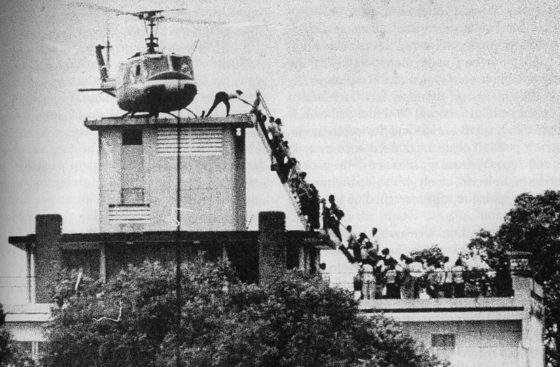
Most remember the Russian Civil War as a fight between the Bolsheviks or Red Army and the anti-communist White Russian forces.
While it’s true that these two opposing factions represented the largest and most powerful armies in the five-year conflict that marked the formation of the Soviet Union, there were other blocs vying for control of the former Russian Empire. And like their better-known Red and White counterparts, many of these other movements adopted a specific colour to differentiate themselves. Consider the following:
The Green Army
Comprised mostly of landed peasants, the Greens were a a lose-knit coalition that came together to resist Soviets. The group was particularly enraged by the communists’ policy of confiscating crop harvests and livestock to feed the urban poor and the Red Army. Thousands of farmers from western and central Russia joined the Greens to violently resist the practice, which Moscow called Prodrazvyorstka or the “surplus appropriation system”. Starting in 1917, the groups waged a five-year struggle against the Bolsheviks in which they ambushed, harassed and sometimes even massacred whole Red Army units, in addition to liberating towns from Moscow’s grip and sabotaging Soviet infrastructure. The faction armed itself with weapons gathered from defeated opponents. Its rank eventually swelled with disaffected Red and White army troops, the urban poor in addition to peasants. Some Green army brigades numbered as high as 50,000, while smaller cells were only a few hundred strong. Although the Green armies succeeded in running a guerrilla campaign against the Moscow regime, ultimately the movement, which was little more than a loose federation, lacked an overall political strategy or a vision for the future. The Bolsheviks painted the Greens as reactionaries and class enemies and often characterized them as being in league with the Whites. By 1922, the Greens petered out as the Soviets strengthened their grip on the country.

The Blue Army
Unlike the Green armies, the Blue Army of the Tambov Oblast near Moscow was a cohesive force that mounted a rebellion against Soviet authority beginning in 1920. An anti-Bolshevik and one-time socialist revolutionary named Alexandr Antonov rose to head up the faction, which eventually numbered nearly 70,000. The rebellion exploded in August of 1920 when soldiers from the Red Army marched into the Tambov village of Khitrovo to force the peasants there to comply with Moscow’s onerous grain levy. Fearing a famine in the region, the villagers refused to surrender their food and instead took up arms to drive out the Soviet troops. Resistance in the oblast spread quickly and for a time, the rebels even broke the communists’ control over the entire region. Moscow responded by dispatching 100,000 troops to break the uprising — the crackdown was merciless. The Soviet regime terrorized the civilian population of Tambov, taking hostages and interning innocent peasants in a string of concentration camps it set up in the region. The Red Army even used poison gas on the rebels, claiming it was necessary to clean what it called “bandits” out of their forest refuges. By 1921, the Blue Army had been all but scattered – Antonov himself was killed in 1922 while evading capture. And although the bloody campaign led to the deaths of nearly a quarter million insurgents and civilians, Moscow moved to calm the peasants by ordering the suspension of its hated policy of Prodrazvyorstka.
The Black Guards
It wasn’t just peasants who opposed Bolshevik rule. From 1917 until 1919, factions of urban intellectuals and workers devoted to the idea of anarchism waged a terrorism campaign against Soviet authority in Russia as well as the Ukraine. Founded by a 32-year-old revolutionary and former vodka distillery employee named Maria Nikiforova, the Black Guards, as they became known, were formed by the oddly named Moscow Federation of Anarchists (hey, aren’t anarchists supposed to be against organizing?) While the movement succeeded in assassinating some Bolshevik security leaders, the group was crushed in an April 1918 crackdown in the Soviet capital.










Sorry, but most anarchists are actually pro-organizing. I mean anarcho-communists and anarcho-syndicalists in particular. How else can the people establish a new order and strip the elites of their power?
Revolutionary Catalonia during the Spanish civil war is a proof of the advantages of anarchist organization. We just prefer it to be a grassroots movement by the people, for the people, with as few hierarchy as possible, no permanent and absolute leaders, so that everyone can participate in the decision-making. Like absolute, direct democracy, not just choosing your rulers. Now, I don’t know much of the Ukrainian anarcists but I suppose it was something like that.
I came here to explain the stri g tradition of how organisation is a key part of Anarchism. Its about self governance and workers control of the means of production and distribution. No capitalists to exploit those who do the work. Not state control. Its libertarian communism. Looks like someone beat me to it.